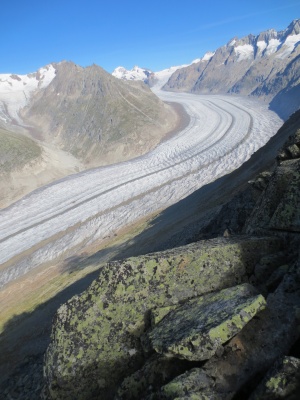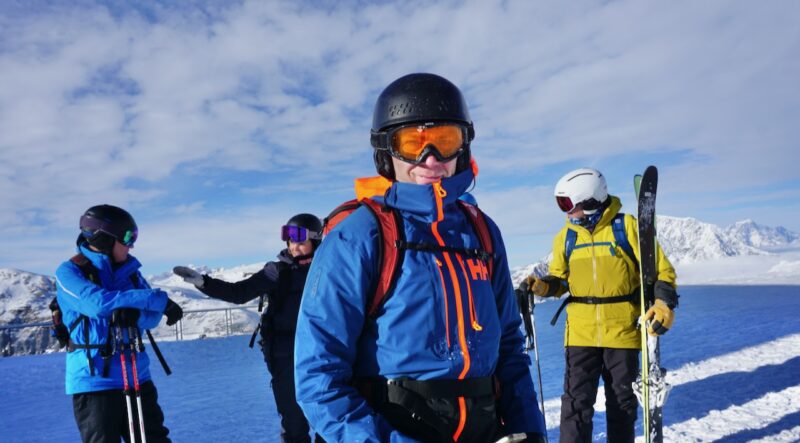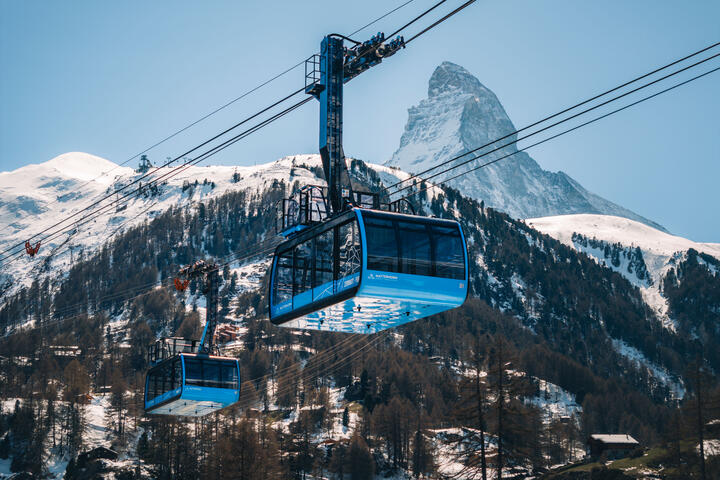Some Glaciers in Himalayas Resisting Climate Change Melt
13th August 2022
Some areas of glaciers in the Karakoram Range are defying the global trend of glaciers losing mass. The glaciers of the Himalayas are melting, but not in one area. It appears to be due to an increase in precipitation from the west. NEW
The glaciers in the central Karakoram area have remained at the same volume or have slightly risen during the past decades.
Glaciologists have been investigating the phenomena and have concluded it is likely due to greater snowfall caused by a weather system known as ‘Western Disturbance’.
The research has been carried out by Dr Pankaj Kumar, Associate Professor at the Indian Institute of Science Education and Research, IISER, Bhopal.
In a paper published in the American Meteorological Society’s Journal of Climate, his group claimed that the recent revival of the so-called ‘Western Disturbance’ has been instrumental in triggering and sustaining the growth of the glaciers.
A ‘Western Disturbance’ originates in the Mediterranean region and then brings sudden winter rain to the north of the Indian subcontinent.
It is a non-monsoonal precipitation pattern driven by the westerly winds.
The moisture in these storms originates over the Mediterranean Sea, the Caspian Sea and the Black Sea.
“WDs are the primary feeder of snowfall for the region during winters,” said Aaquib Javed, a PHD student of D. Kumar and the lead author of the study.
“Our study suggests they constitute about 65% of the total seasonal snowfall volume and about 53% of the total seasonal precipitation, easily making them the most important source of moisture.
“The precipitation intensity of WDs impacting Karakoram has increased by around 10% in the last two decades, which only enhances their role in sustaining the regional anomaly.”
Many studies of glaciers look at temperatures, this research put its emphasis on snowfall and where it came from.
The scientists claim that the contribution of WDs in terms of snowfall over the glacier regions of Karakoram has risen by 27% in recent decades.
Precipitation received from non-WD sources has decreased by 17%.
“The anomaly provides a very bleak but nonetheless a ray of hope towards delaying the inevitable. After recognising the importance of WDs in controlling the anomaly, their future behaviour might very well decide the fate of Himalayan glaciers as well,” added Dr. Kumar.
Elsewhere in the Himalayas glaciers are expected to have a record ice loss this year.
Almost 6,000 glaciers in the Qinghai-Tibet Plateau, also known as the Tibetan Plateau in China, have reportedly disappeared in the past 50 years.
5,956 miniature alpine glaciers have disappeared in the region out of the 34,578 glaciers they discovered 50 years ago.
25,901 glaciers have shrunk sharply, according to Sixth Tone.
Scientists also noted that 1,907 glaciers became larger and 2,721 became smaller during that period.
The melted glaciers have flowed through the lakes surrounding the plateau, with scientists estimating that 80% of these lakes have expanded in size.
UN Secretary General, Antonio Guterres, has warned that “no nation is immune” from climate change and said the world now had to choose between “collective action or collective suicide”.
PlanetSKI has examined the melt in the Alps this summer in this related article:

Aletsch glacier, Switzerland. Image © PlanetSKI
Related Articles:
- Melting glaciers reveal human remains
- Receding glacier reveals wreckage for 1968 Swiss plane crash
- Glaciers around the world melting faster due to climate change
- Austrian glaciers set to melt by end of the century

Image c/o PlanetSKI










